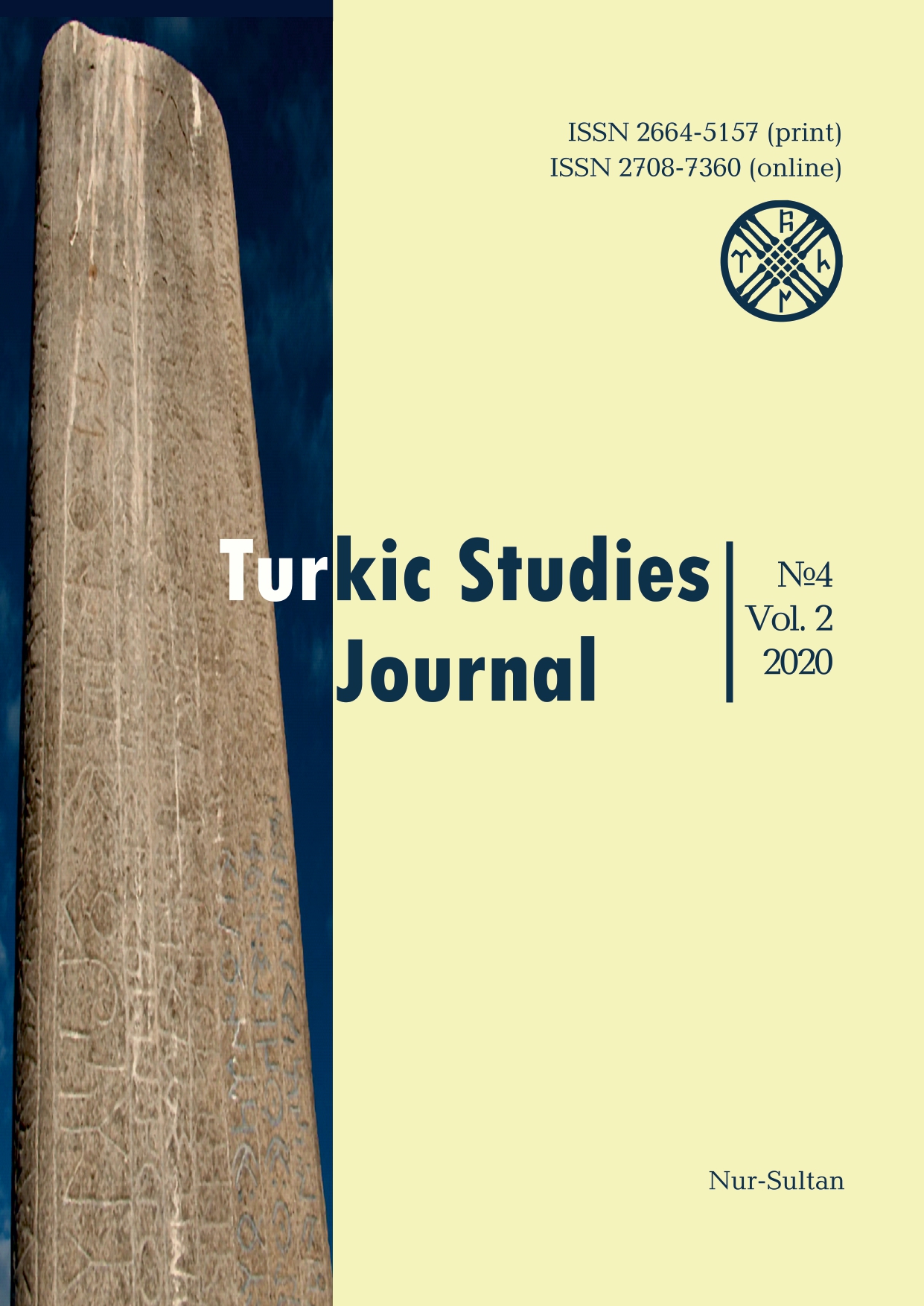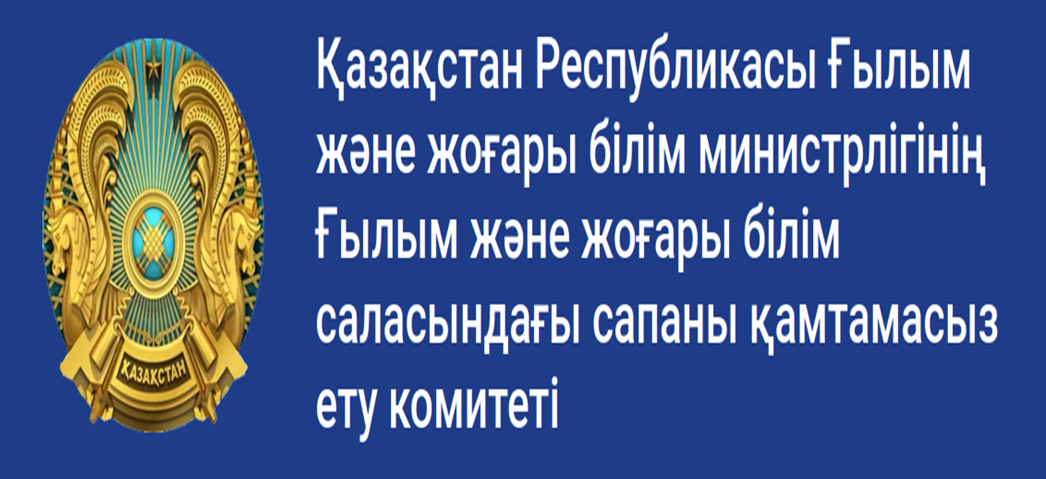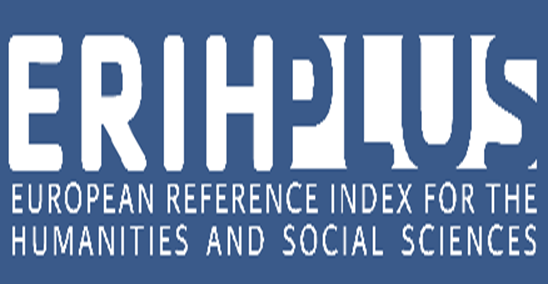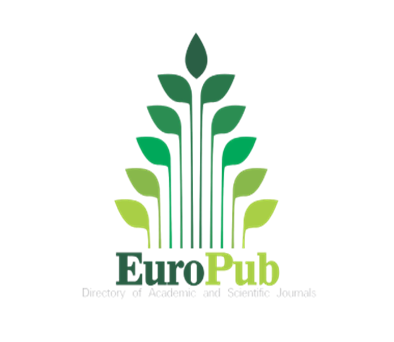Cultural Anthropology: Symbolism of Color in the Worldview of Turkic Peoples
Views: 450 / PDF downloads: 339
DOI:
https://doi.org/10.32523/2664-5157-2020-2-4-59-66Keywords:
symbolism, world, perception, monuments, toponyms, color coding, meanings, cultural anthropologyAbstract
The study of color symbolism in the culture of the Turkic peoples is relevant and necessary, since color
reflects the ethnic mentality of the Turkic peoples, their collective social and cultural experience, as well as the individual’s
personal psychophysical perception of the world. The visible world is also perceived through color, and therefore color
is understood as an act of world vision and world awareness in the human mind. The purpose of this research (article)
is to reveal the features of the mental perception of color by the Turkic peoples on the basis of the Orkhon-Yenissei
written monuments, in particular, through the prism of ancient Turkic toponyms. The symbolic content of color is analyzed
using data from cultural anthropology, history, linguistics, and ethnography. Therefore, the general scientific methods
(descriptive, comparative) used in the article, combined with historical and cultural and conceptual-semantic ones, allowed
us to reveal the symbolism of co lor in the culture of the ancient turks, to determine their mentality and spiritual views. The
Orkhon-Yenissei monuments are evidence of the ancient Turkic civilization and the unique cultural history of the Turkic
peoples. The ancient Turkic peoples recorded on stone steles the names of the Turkic khagans, their heroic campaigns and
battles, the names of their own and other people’s settlements, settlements and countries, the names of natural objects, in
the meaning of which color symbols also played an important role. The article provides a semantic analysis of green, black,
and white color symbols, reveals the variety of their meanings that reveal the perception of the world by the ancient Turks.
Color symbols are defined as a unique code of the common Turkic culture.


























